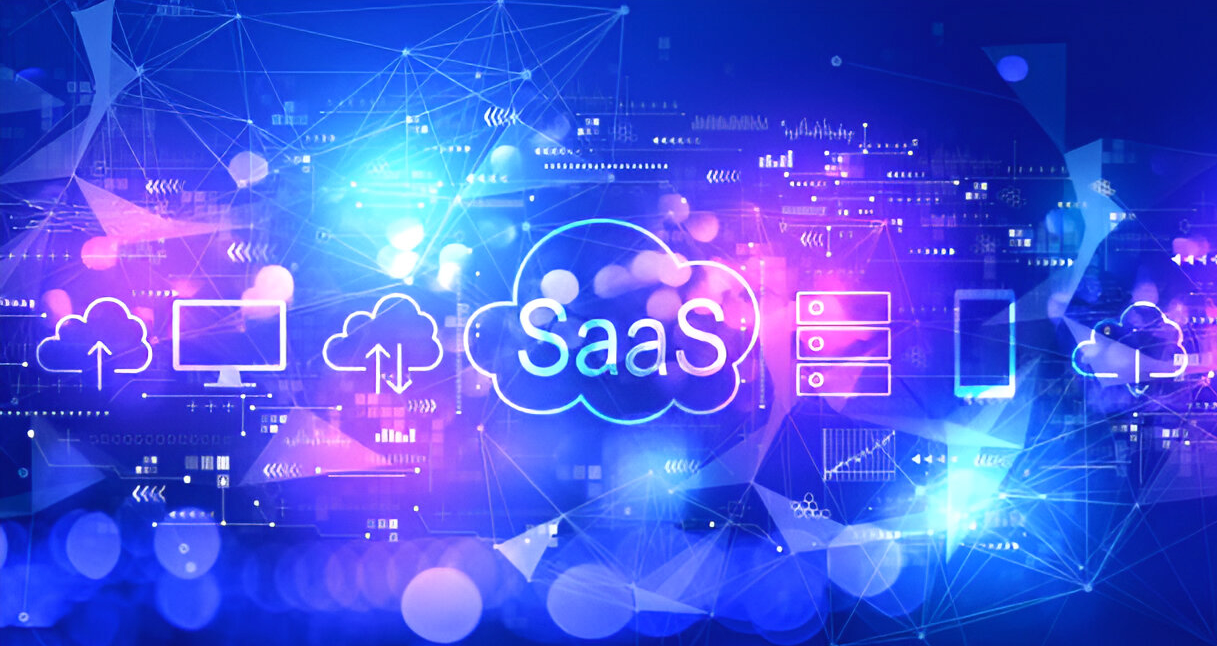Subtotal $0.00
In today’s fast-paced digital world, businesses must remain agile and responsive to changing technology demands. Software development has evolved significantly, and one of the emerging models in the field is Software Development as a Service (SDaaS). SDaaS offers businesses an efficient, flexible, and scalable way to develop software solutions without the complexities and overhead of traditional software development models.
In this comprehensive guide, we will explore what SDaaS is, how it works, its benefits, the challenges it addresses, and why it could be the perfect solution for your business.
1. Understanding SDaaS
SDaaS, or Software Development as a Service, is a cloud-based service model that delivers customized software development solutions to businesses. Unlike traditional models where companies hire in-house development teams or outsource to an external company, SDaaS operates as a subscription-based or on-demand service.
This approach leverages the principles of SaaS (Software as a Service) but applies them to the development process itself. Instead of purchasing pre-built software or relying on large-scale, long-term development contracts, businesses subscribe to SDaaS for specific development projects, tasks, or ongoing development needs. It is a flexible, scalable, and cost-effective model that aligns with modern business needs for quick adaptation and continuous delivery.
2. How SDaaS Works
SDaaS allows businesses to tap into a cloud-based software development environment that can be tailored to their specific requirements. Here’s how it generally works:
Subscription or On-Demand Service: Businesses can subscribe to the service based on their project needs, whether for a single project, a set of tasks, or continuous development support.
Access to a Skilled Development Team: With SDaaS, companies gain access to a team of skilled developers, designers, and other IT professionals without the need to hire them full-time. The SDaaS provider handles team management, freeing up the client’s resources.
Cloud-Based Infrastructure: The development, testing, and deployment processes are managed in a cloud environment. This allows for faster development cycles and easy collaboration, even when teams are working remotely.
Project Management and Delivery: Many SDaaS providers offer integrated project management tools, ensuring that businesses can monitor project progress, timelines, and deliverables seamlessly.
3. Key Features of SDaaS
Here are some key features that make SDaaS a compelling option for modern businesses:
Scalability: SDaaS allows businesses to scale development resources up or down based on the size and complexity of the project.
Customization: Unlike pre-packaged software solutions, SDaaS provides custom development tailored to the unique needs of a business.
Cost Efficiency: Businesses avoid the high costs associated with hiring, onboarding, and maintaining in-house development teams. Instead, they pay for the services they need on a flexible subscription or pay-as-you-go basis.
Quick Turnaround: SDaaS promotes rapid development cycles, with development teams working around the clock in many cases. This leads to faster project delivery.
Collaboration Tools: With access to advanced collaboration tools, SDaaS providers facilitate communication and transparency between development teams and business stakeholders.
4. The Benefits of SDaaS
Choosing SDaaS over traditional software development models offers a variety of benefits for businesses of all sizes and industries. Here are the top advantages:
a) Flexibility and Agility
SDaaS offers unmatched flexibility. Businesses can quickly adapt to changes, whether it’s scaling up for a new project or adjusting timelines based on market demands. The subscription-based model ensures that companies only pay for what they use, making it easy to pivot and adjust resources.
b) Cost Savings
Traditional software development often comes with high upfront costs, including salaries, benefits, and infrastructure investments. With SDaaS, businesses can minimize these expenses. They don’t need to worry about hiring or managing an in-house development team, and they benefit from the shared infrastructure of the SDaaS provider.
c) Access to Top Talent
One of the challenges in software development is finding and retaining top talent. SDaaS providers employ experienced developers and IT professionals, allowing businesses to access a pool of expertise that might otherwise be out of reach. This ensures high-quality development without the hiring headaches.
d) Faster Time to Market
Speed is essential in today’s competitive business landscape. SDaaS providers have streamlined processes that allow businesses to bring products to market faster. From rapid prototyping to continuous delivery, SDaaS ensures that development cycles are shortened.
e) Focus on Core Business Activities
By outsourcing development tasks to a trusted SDaaS provider, businesses can focus on their core competencies and strategic activities. This can lead to increased productivity and efficiency across the organization, while the SDaaS provider handles the technical aspects of software development.
5. Challenges SDaaS Addresses
SDaaS solves many of the challenges that businesses face with traditional software development approaches:
a) Resource Allocation
In-house development teams often suffer from limited resources, which can lead to bottlenecks in the development process. SDaaS solves this by providing scalable resources, allowing businesses to increase or decrease team size as needed.
b) Skill Gaps
For specialized projects, businesses may lack the necessary in-house expertise. SDaaS providers can fill these gaps with experienced professionals in areas like AI, blockchain, cloud computing, and mobile app development.
c) Long Development Cycles
Traditional development models can be slow and cumbersome. SDaaS leverages agile methodologies and cloud infrastructure to speed up the entire process, from design and development to testing and deployment.
d) Maintenance and Updates
Maintaining and updating software can be a significant drain on internal resources. With SDaaS, this responsibility is handled by the provider, ensuring that software is always up-to-date and running smoothly.
6. When Should Businesses Use SDaaS?
SDaaS is not a one-size-fits-all solution, but it’s an excellent option in several scenarios:
Startups: For startups with limited budgets, SDaaS provides a cost-effective way to access development talent and get products to market quickly.
SMBs: Small and medium-sized businesses can benefit from the scalability and flexibility of SDaaS, enabling them to develop software without hiring full-time teams.
Large Enterprises: Even large enterprises can leverage SDaaS for specific projects or to supplement internal teams during periods of high demand.
Non-Technical Businesses: For businesses without internal technical expertise, SDaaS simplifies the development process and allows them to focus on their core business objectives.
7. SDaaS vs Traditional Development Models
Comparing SDaaS to traditional software development models highlights several key differences:
Cost Structure:
SDaaS: Operates on a pay-as-you-go or subscription basis, allowing businesses to pay only for services when needed.
Traditional Development: Requires high upfront investments, including ongoing salaries for in-house teams.
Scalability:
SDaaS: Offers flexibility in resource allocation, enabling businesses to scale development efforts up or down as required.
Traditional Development: Involves longer lead times and necessitates hiring additional talent for scalability.
Time to Market:
SDaaS: Leverages agile methodologies and cloud infrastructure for faster delivery of projects.
Traditional Development: Typically follows slower, fixed development cycles.
Access to Talent:
SDaaS: Provides access to a broad pool of expert developers without geographic limitations.
Traditional Development: Limits talent access to in-house teams only.
Maintenance and Updates:
SDaaS: Maintenance and updates are handled by the service provider, reducing the burden on internal resources.
Traditional Development: Requires businesses to allocate in-house staff to manage maintenance and updates.
8. Future Trends in SDaaS
SDaaS is poised to grow as businesses increasingly embrace digital transformation. Here are some emerging trends in this space:
AI and Machine Learning Integration: SDaaS providers are starting to integrate AI and machine learning tools to streamline development processes, improve code quality, and enhance automation.
DevOps as a Service: DevOps practices are becoming a standard part of SDaaS offerings, allowing for faster and more reliable software delivery.
Custom Cloud Solutions: As more businesses migrate to the cloud, SDaaS providers are offering tailored cloud-based solutions that integrate with existing infrastructure seamlessly.
Microservices Architecture: SDaaS is enabling the development of microservices-based applications, which are more flexible and easier to scale.
9. Why Choose SDaaS for Your Business
SDaaS is the future of software development, providing businesses with flexibility, speed, and access to top-tier talent at a fraction of the cost of traditional development models. Whether you’re a startup looking to build a minimum viable product (MVP) or an established enterprise aiming to innovate faster, SDaaS offers the tools and expertise you need to succeed.
By leveraging SDaaS, you can focus on what matters most—growing your business—while leaving the technical complexities of software development to the experts.
Conclusion
Software Development as a Service (SDaaS) is transforming the way businesses approach software development. Its flexible, cost-effective, and scalable model enables organizations to stay competitive in an ever-evolving digital landscape. Whether you’re seeking to reduce costs, accelerate time to market, or gain access to expert development talent, SDaaS can provide a solution tailored to your needs. As technology continues to evolve, SDaaS will likely become an integral part of how businesses develop and maintain software.








